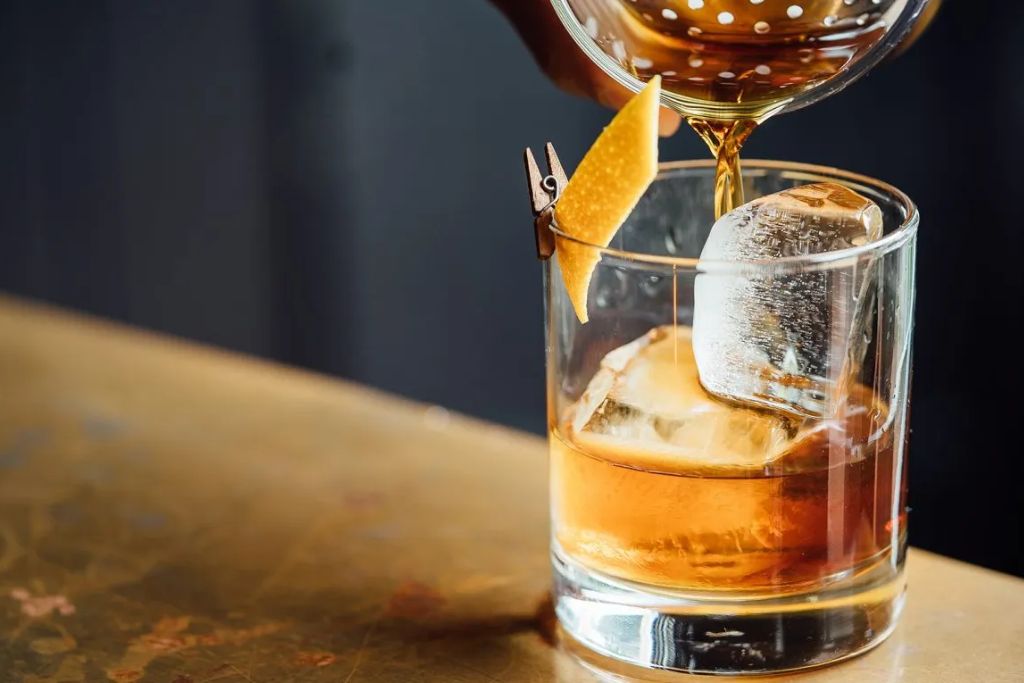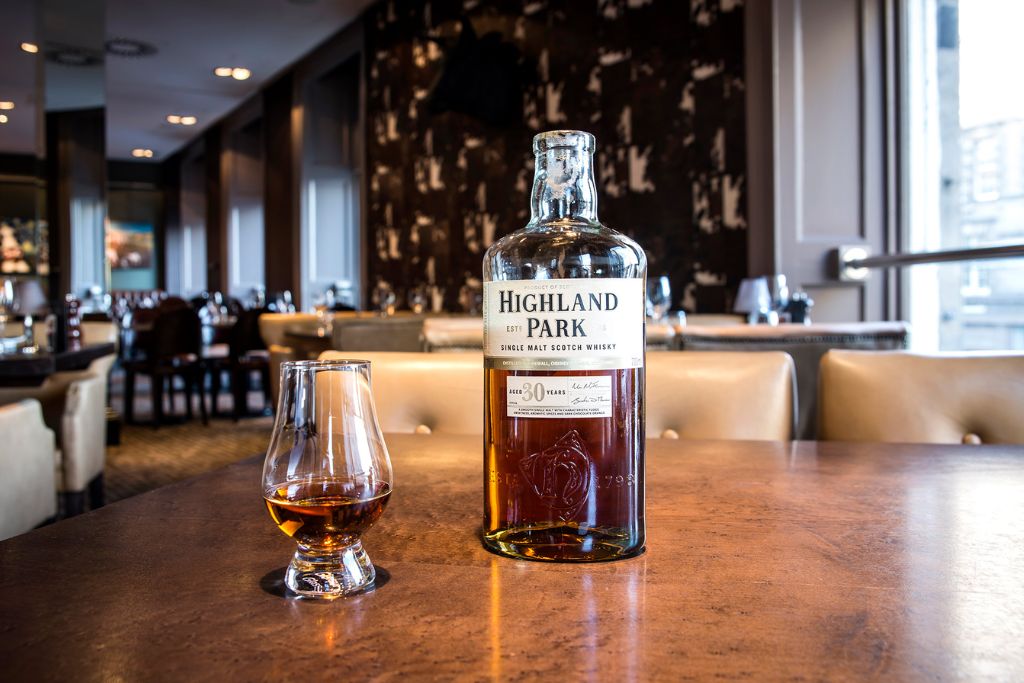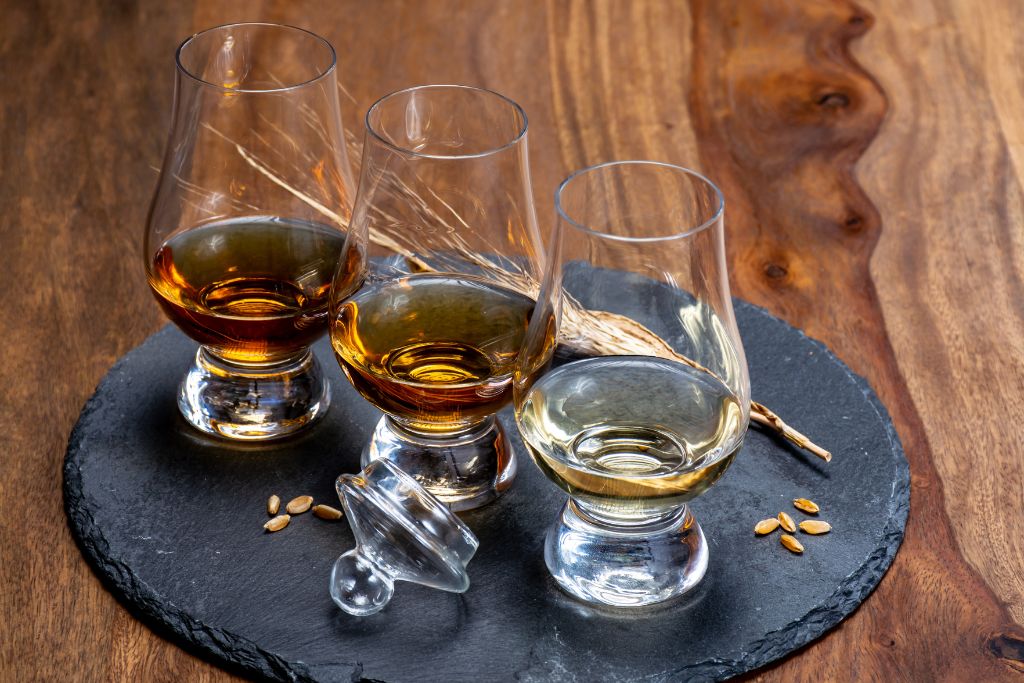Posted by Maris on 21st Aug 2023
Why Whiskey is the Spirit of Scottish National Identity?
Whisky is the product of distilling Scotland and pouring it into a bottle. For many years, this alcoholic beverage has warmed the hearts of Scots and played a crucial role in Scottish culture. It’s nearly hard to dive into the complexities and features that make this spirit so beloved. Let us, however, discuss some of the customs associated with this delicious beverage.
Whiskey glass

In general, there is no one method to drink Scotch. However, remember that the glass plays a role in the enjoying process. A whiskey glass (also known as a tumbler) is fine for a few sips here and there, but it is not recommended for testing a new type. Contrary to popular opinion, the design of a standard whisky tumbler causes natural whisky smells to escape from the glass. These aromas contribute to the composition of a fine single malt. Surprisingly, the color of the glass is also significant. If it is too black, it can overpower the necessary hues and tones found in whisky. So, how do we deal with situations like these? Use a tulip-shaped glass that is clear. The long neck of the tulip form perfectly captures the scents of the Scotch before they leave. The drink will be more strong, fragrant, and ultimately pleasurable as a result.
Scotch on the rocks, anyone?

When it comes to Scotch, ice is a contentious issue. Many people believe that the ideal method to consume whisky is in a regular whisky glass with ice. Although there is no right or wrong technique, it is clear that ice significantly impacts the quality of Scotch. It not only dulls and neutralizes the genuine flavor but also eliminates numerous natural fragrances. Again, these scents are important in the art of whisky drinking, so be cautious.
Does adding water to whisky improve its flavor?

Who knew that a pure liquid like water could have such an impact on the strength of Scotch? It’s no secret that whisky has a high potency (between 40% and 60% alcohol by volume, to be exact). A small amount of water might be used to alleviate the harshness of the drink. Some people enjoy the strength of whisky but add water to ‘open up’ the drink and release fresh scents. The reaction of water and whisky causes this. Remember that the amount of water you add to Scotch will determine the potency of the alcohol.
Whisky mixologists

Whisky purists will usually agree that Scotch is best enjoyed on its own. Water can be added as necessary. That is not to suggest that this alcoholic beverage cannot be blended. Whisky-based cocktails can be found in cities such as New York. Go to Spain and try it with orange juice, coke, or lots of ice. In Shanghai, many people drink whisky with green tea, whereas in Tokyo, Scotch is heavily diluted with water, a process known as mizuwari. As a result, the combined method of whisky varies from country to country. Although ice and mixers tend to mask the aromatics and genuine flavors of Scotch, many people prefer it that way.
How to Sip Scotch

The act of drinking whisky is entirely subjective; therefore at the end of the day, consume it anyway you like. However, here are a few pointers to help you appreciate the genuine flavor of this fantastic drink.
Look at the color. Make careful to pour it into a clear glass for a clearer image. A whisky’s color can say a thousand words. For example, it can disclose the sort of maturing casks employed and the whisky’s approximate age.
Search for traces. Swirl the contents of the glass carefully to uncover any residues. These traces are known as ‘legs’ and are common. The distance between the legs might also reveal the type and age of the cask.
Feel it. Many Scots drink Scotch like water. To fully taste the drink, take a tiny sip and let it sit in your mouth till the flavors tantalise your tongue. The true flavors should emerge after the Scotch has been swirled around the tongue for at least 10 seconds.
Also, remember to breathe. Try to discover all of the aromas from within the glass.
Pour in some water. A dash of water can be added after the fragrances and flavors have been savored. Too much water will ruin the flavor, but a smidgeon will open up the Scotch. Try smelling and tasting the Scotch after adding a small amount of water to see if you sense a difference.
You are now prepared for Whisky Month in Scotland.
Cheers!

